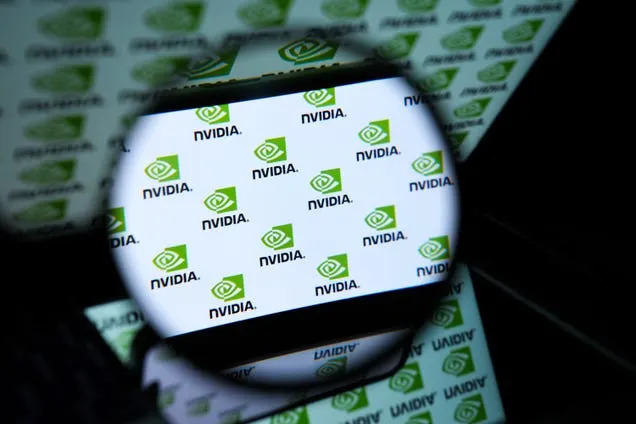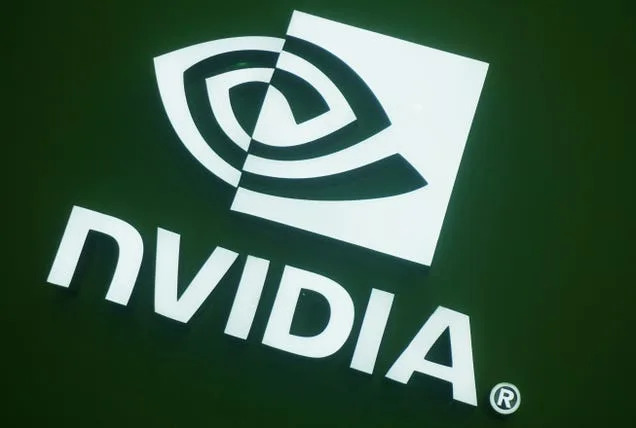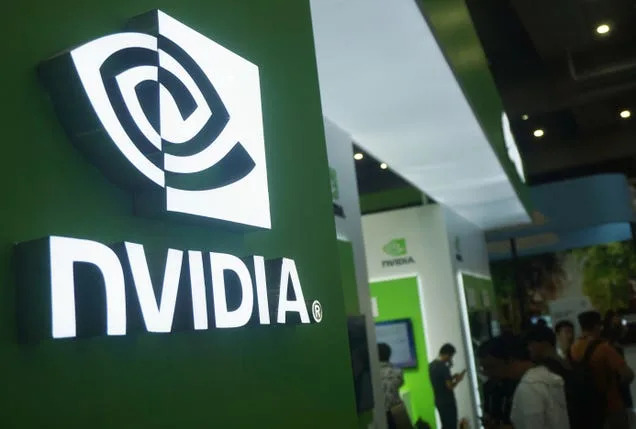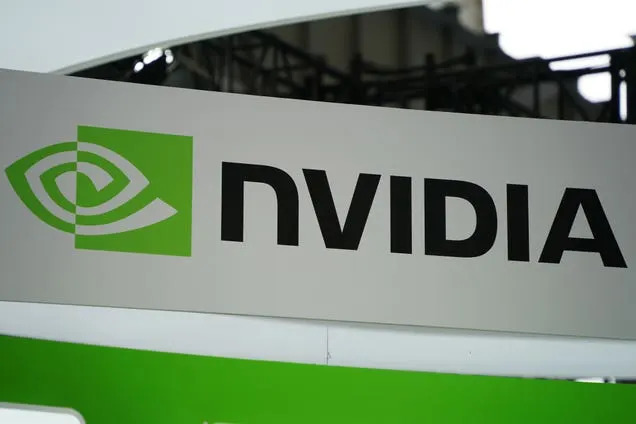
Nvidia
has emerged as one of the hottest
artificial intelligence
stocks on the market. The 31-year-old company’s meteoric rise is largely due to
the recent AI boom
, which revealed the unexpected potential of its core product, the graphics processing units (GPUs), for AI development.
Originally designed for quickly rendering complex graphics in video games, Nvidia’s ( NVDA ) GPUs proved well-suited for the demands of AI model training. As tech giants began investing billions in AI research and development, Nvidia swiftly adapted its gaming-oriented chips for AI applications, making them the go-to solution and catapulting the company to the forefront of the AI revolution.
Read more : Nvidia is an AI superpower. It started at a Denny’s
Here’s a closer look at the semiconductor maker’s success, challenges, and outlook as we head into 2025.
Why is Nvidia at the center of the AI boom?

Nvidia’s journey in AI began long before the current boom, with the company entering the market in 1999. For years, the company’s AI-capable GPUs remained a niche product. However, about a decade ago, breakthroughs in machine learning techniques sparked increased interest in AI across various industries.
Nvidia’s GPUs are designed for parallel processing – the ability to perform many calculations simultaneously rather than in sequence. This makes them ideal for AI tasks, which often involve crunching vast amounts of data at once. In 2007, Nvidia developed CUDA, a software tool that gives developers an easy way to harness the power of these chips which has proved especially useful for AI products.
This combination of specialized hardware and user-friendly software created a comprehensive toolkit for AI developers, establishing Nvidia as a key enabler in the rapidly evolving field.
How did Nvidia stock become so valuable?

When Nvidia went public in 1999, shares were initially priced at $12. The company had already made its mark in the graphics industry, having launched its first chip, the NV1, in 1995 . For years, Nvidia’s stock grew steadily as the company dominated the gaming graphics market and gradually expanded into the nascent AI industry.
Then came November 2022. The release of ChatGPT thrust AI into the spotlight, sparking a new wave of interest and investment. As tech giants rushed to beef up their AI capabilities, Nvidia’s specialized chips suddenly became the hottest commodity in Silicon Valley. This surge in demand sent Nvidia’s stock on a remarkable upward trajectory. Today, depending on the trading day, Nvidia’s shares are estimated to be worth $110 and $120.
What Nvidia’s recent earnings say about the demand for AI chips

Nvidia posted its earnings for the second quarter, which ended on July 28, showing a record $30 billion in revenue , beating Wall Street expectations. That figure is up by 15% from its first-quarter earnings of $26 billion for fiscal year 2025 – up 262% from the previous year.
For the third quarter, Nvidia expects to report its revenue at $32.5 billion, plus or minus 2% — which is above the average of what analysts are expecting, but below top-end estimates, hinting that the company’s explosive growth might be reaching a plateau.
“While the numbers [for Q2] indicate that the AI revolution remains alive and well, the smaller beat compared to the previous quarters adds to the multiple warning signs across the tech space earlier in this earnings season,” Thomas Monteiro, senior analyst at Investing.com, told Quartz.
What do market experts say about Nvidia’s position?

Nvidia’s dominance in the AI chip market has drawn both praise and caution from industry experts. Their unique position highlights both the potential and the challenges facing the AI industry as a whole.
Nvidia’s dominance in the AI chip market gives it unprecedented control over pricing, allowing the company to adjust prices based on demand, according to Monteiro.
On the other hand, Nvidia isn’t getting all of the praise from investors – as they turn their eye to other stocks in the sector, like Intel , said David Dietze of Peapack Private Wealth Management.
Even though Intel ( INTC ) is gaining some attention from analysts, the chipmaker has struggled to compete in the AI-driven market. Despite the stock’s sharp decline, asset manager Apollo Global Management has offered to invest up to $5 billion in the company, which would bring an upside surprise to the chipmaker’s dwindling market cap.
“[Nvidia] is significantly off its highs, arguably still in a mini-correction period. It has not done well this summer, because I think one of the key issues is ‘how will their consumers make purchases?’’ Dietze said in an interview with Quartz.
What’s Nvidia’s outlook for 2025?

As Nvidia continues to overtake other tech giants in the market like Microsoft ( MSFT ) and others, analysts are confident that the company can still deliver strong double-digit figures by the end of this year and into 2025.
According to Bain’s annual technology report , the consulting firm predicted that chipmakers will need to make “unprecedented levels of investment in technology infrastructure” to remain on top of the markets.
While there are still murmurs regarding the possibility of the economy heading into a recession next year, Tony Roth, CIO of Wilmington Trust Investment Advisors, said to Quartz, that because of companies like Nvidia and Microsoft leading the markets, the public can “certainly” expect to see those large names “continue to grow earnings at a pretty rapid pace,” over the long haul.
“In a nutshell, we believe the stage is set for tech stocks to move higher into year-end and 2025,” said
Daniel Ives, Managing Director of Equity Research at Wedbush Securities to Quartz
.
Where Nvidia stands in the litigation space right now

Despite its market success, Nvidia faces several legal challenges related to its business practices and disclosures. The company’s legal troubles date back to 2018 when E. Ohman J:or Fonder AB, a Swedish investment firm, sued Nvidia and CEO Jensen Huang for allegedly misleading investors about crypto-mining’s contribution to revenue. This case has recently gained new attention as the U.S. Supreme Court agreed in June 2024 to hear it, with a decision still pending .
In 2022, Nvidia faced scrutiny from the Securities and Exchange Commission over similar issues. The SEC alleged that Nvidia failed to disclose that cryptocurrency mining was a “significant element” in its revenue growth from sales of gaming chips. The company settled with the SEC, agreeing to pay $5.5 million without admitting wrongdoing.
More recently, Nvidia’s AI endeavors have drawn legal challenges like other companies building generative AI tools that need massive datasets that contain copyrighted material. In March, the company was sued by the authors of Last Night at the Lobster and Ghost Walk for allegedly using their works to help train Nvidia’s NeMo AI platform .
The latest legal hurdle came in September 2024 when Texas-based startup Xockets filed a lawsuit against Nvidia and Microsoft . Xockets alleged monopolistic practices, patent infringement, and antitrust violations. The startup went further, accusing the companies of forming an “illegal cartel” through an entity called RPX, which has allegedly allowed them to “avoid paying the fair market price” for Xockets’ patented technology.
For the latest news, Facebook , Twitter and Instagram .





